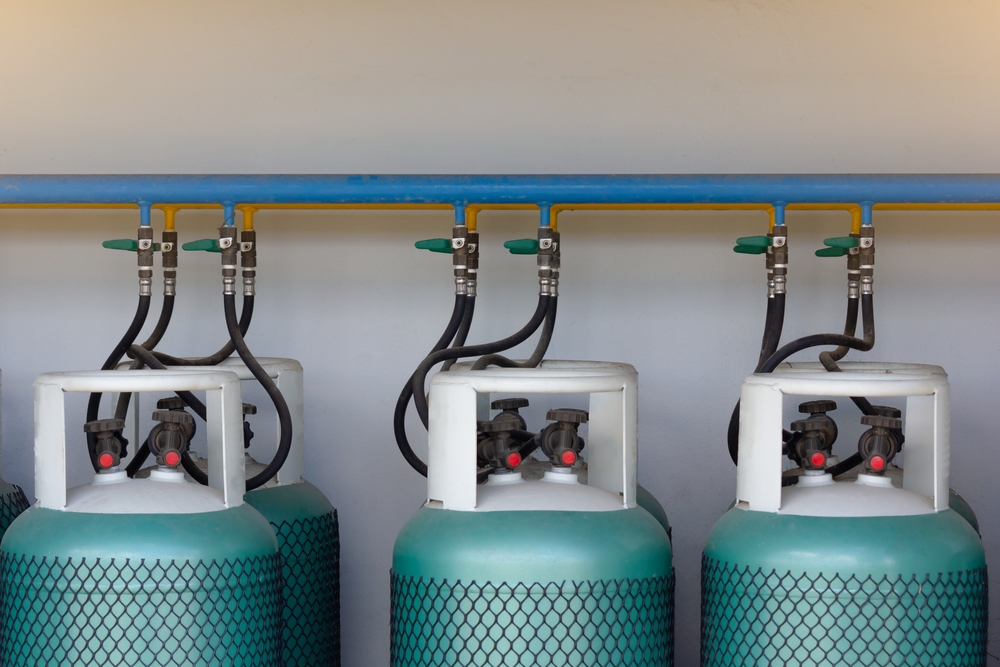Gas fittings: study, design and production
How do the various types of gas affect the production of fittings? Gnali Bocia, a manufacturer of fittings with decades of experience in the field, answers.
 The study, design, production and putting into operation of gas fittings, as well as the related technological development, are highly dependent on the type of gas that is conveyed within a circuit. In fact, the chemical and physical properties can have an enormous impact both on the construction material of the pipes and fittings, and on their geometry.
The study, design, production and putting into operation of gas fittings, as well as the related technological development, are highly dependent on the type of gas that is conveyed within a circuit. In fact, the chemical and physical properties can have an enormous impact both on the construction material of the pipes and fittings, and on their geometry.It is therefore important to analyze the different characteristics of the gases and, consequently, the opportunities and criticalities associated with their use, both from the point of view of energy efficiency and from that of the structural safety of the systems in operation.
Methane gas is a simple hydrocarbon gas present in underground deposits and characterized by one carbon atom and four hydrogen atoms. In conditions of ambient temperature and pressure, its characteristics are:
- Colorless: any loss is not detectable by sight;
- Odorless: any loss is not detectable even by smell and for this reason, in accordance with the law, an odorant gas is also added in civil and domestic applications;
- Highly flammable: combustion, under standard conditions, is the most common reaction, while other reactions only occur at high pressures and temperatures;
- Volatile: it tends to go upwards due to its density significantly lower than that of air.
Liquefied Petroleum Gas (LPG) is a gas at ambient temperatures and pressures but, to facilitate its transport, it is brought to high pressures, implying liquefaction, reducing its volume and allowing more effective storage. In reality, it is not a single gas but a mixture of 70% normal-butane and 30% propane. Its main characteristics are:
- High density: it tends to stay close to the ground and settle down below;
- Flammability: it is a flammable gas that can lead to explosions, even violent ones.
Due to these characteristics, use in underground environments is regulated or even prohibited: an example is the relative regulation for parking below ground level.
On the basis of these preliminary analyzes, it is easy to understand how there are similar characteristics and significantly different properties between the two main gases conveyed in the systems. The construction of the gas fittings must take into account these characteristics in addition to those of the interaction of the gas with the material of the fitting itself: in fact, it can give rise to corrosive phenomena that lead to damage, even rapid, of the components up to complete failure or partial, with related structural problems.
For these reasons, all studies aimed at the construction of gas fittings must take a 360 ° look at all the factors that can affect, instantly or over time, the performance of the components to be produced.
18/10/2021
I contenuti di questo sito non hanno carattere di periodicità e non rappresentano 'prodotto editoriale'.








